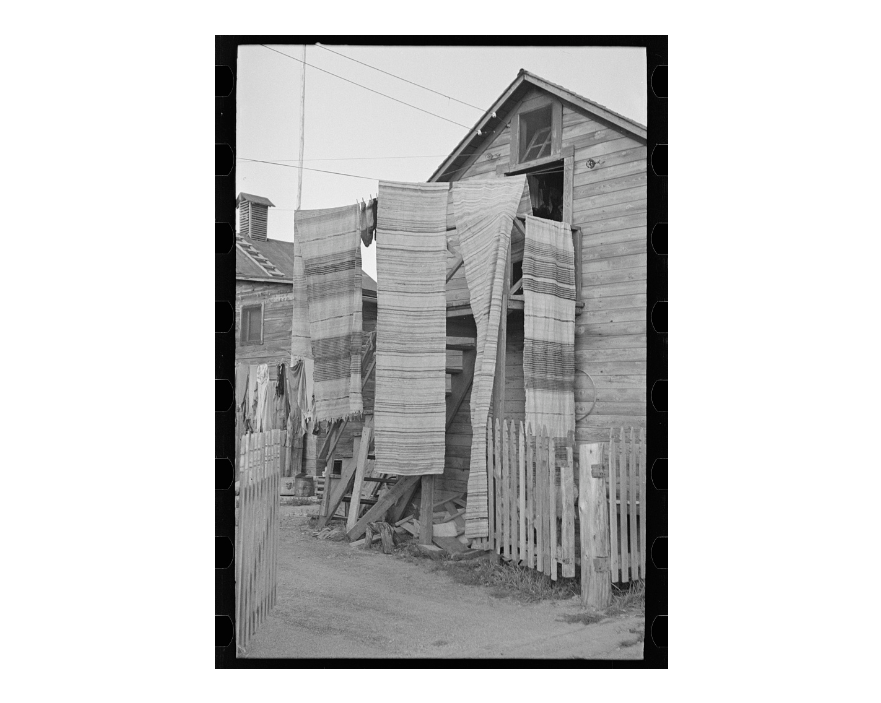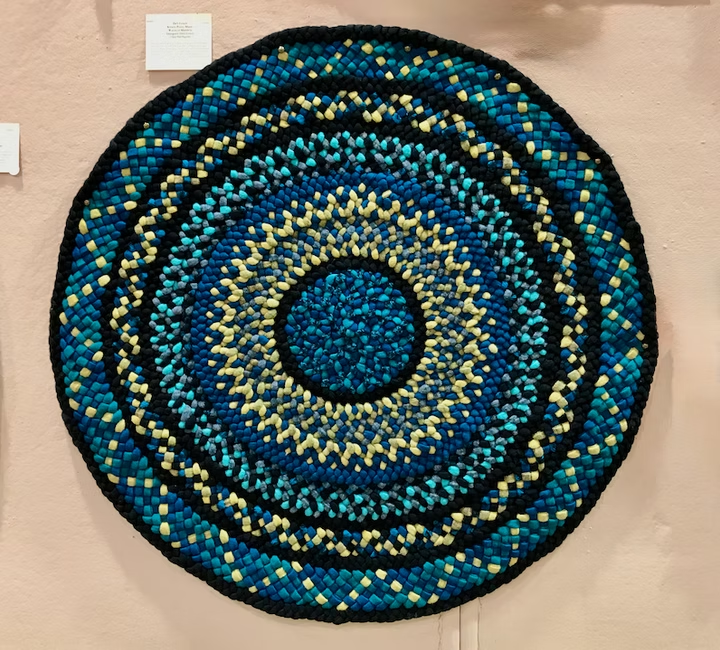Civic Caretaking
The historical record on care work is relatively thin. What counted as “important” to record, and who had the time and means to write, left many stories untold. As one historian of the American West observed, women on the Plains “rarely spoke of their daily chores in memoirs or interviews. They assumed that everyone did them; thus, these everyday tasks did not merit much comment.”

The work of sustaining a household has a civic parallel: the work of sustaining a peaceful civil society. Both are often invisible until they are absent.
We feel that absence today as our country grapples with a horrific assassination and the challenge of interpreting that event collectively rather than as fractured tribes. Yet settling on and sticking with a course of repair is hard. Part of the difficulty is that the labor of civic life looks a lot like the labor of family life: ongoing, rarely glamorous, and hard to capture in a sound bite or a logic model. Like parenting and early childhood education, it’s the work behind the work.
Civic work may fly under the radar, but it delivers results. Connecting across differences in one-on-one meetings, community dinners and workshops can reduce cross-ideological animosity and reinforce pluralist norms (think: coexistence rather than a fight for cultural dominance). Encounters across differences can soften prejudice. Rolling up sleeves together to refurbish a library or launch a daycare center builds agency, trust, and belonging. In polarized times, these everyday actions lower the temperature and strengthen togetherness.
So where do we start? One practical step is to find the metaphor or model for civic work that resonates with you or your organization. Here are a few possibilities:
The Triple Bottom Line
Businesses adopting a triple bottom line acknowledge spillover effects – positive and negative – of their actions on profit, people, and planet. An organization choosing to build cross-sectoral partnerships, to welcome and really absorb community input can have positive spillover effects on civil society. A triple bottom line model can help make sense of this work.
Similarly, nonprofits can use holistic evaluation models, tracking not only outputs but slower-emerging outcomes like collaboration and shared purpose. For corporations and nonprofit organizations alike, building a healthy civil society is an act of risk management. It protects the civil society upon which all other projects and profits depend.
Team Parents
Washington Post contributors Theodore Johnson and Autumn McDonald suggested a modern take on the domestic metaphor for civic work. Looking to the sidelines of a Saturday-morning soccer game, they suggest we emulate the moms and dads that make kids’ sports work.
“What our society needs is the equivalent of team parents as civic intermediaries. We need people who see this larger society as a collective endeavor, who value fairness and principle over winning, who help everyone feel included and part of the team.”
Elders and Elders-in-the-Making
I often think of the elders in my own life — my grandfather welcoming neighbors on his farm, my cousin organizing family reunions. Without their unseen efforts, family life would have been thinner, or wouldn’t have happened at all. Envisioning oneself in relation to those who came before us and built the world we’ve stepped into can offer weight to our civic work.
Tradition with a twist
There might even be lessons in the rise of traditional content online. Breadmaking reels, homesteading shows, even the tongue-in-cheek mom prepping fruit loops-from-scratch on Instagram — all of it signals an appetite for honoring the everyday work of care and connection. Humor, good lighting, and a lively soundtrack help showcase what might otherwise stay invisible.
Whether you draw on a corporate metaphor or a familial one, the point is the same: civic work is real work. For those of you who are leaning into or leading this work right now, thank you. It is work worth honoring — and, more importantly, worth doing.
In hope,
Rachel

Links
Julia Kamin and Karissa Raskin, “Evidence that Bridging Works,” Listen First Project, May 2025
The Trust for Civic Life 2024 Community Survey, “Action Over Dialogue: The Case for Prioritizing Local Civic Engagement,” April 2025.
Natasha Joshi, “Plotting Impact Beyond Simple Metrics,” Stanford Social Innovation Review, August 17, 2022
Theodore Johnson, Autumn McDonald, “To Find What Society Needs, Look on the Sidelines of Kids Soccer,” Washington Post, December 12, 2023.
Paul Edwards, Patrick Mason, Marianne Viray, Becca Kearl, Emma Petty Addams, Tami Pyfer, Maury Giles, “The off-ramp from high conflict starts here and now,” Deseret News, September 15, 2025
Barbara Handy-Machello, Women of the Northern Plains: Gender and Settlement on the Homestead Frontier, 1870-1930. Minnesota Historical Society Press (2005)
Image source: Rug Braiders International, Exhibit: Contemporary Braided Art Rugs.